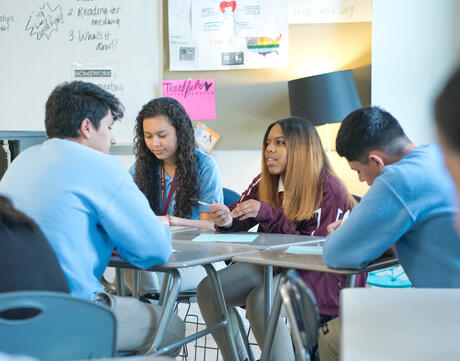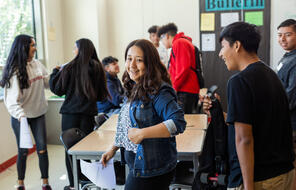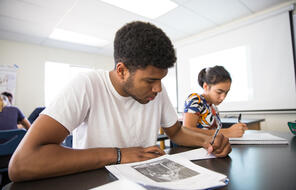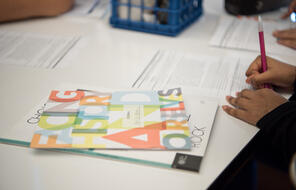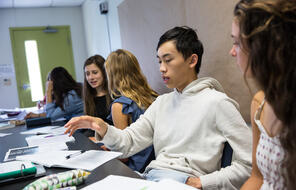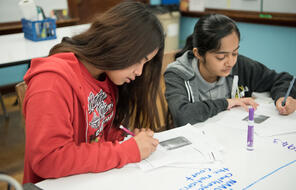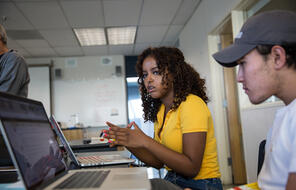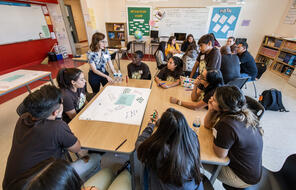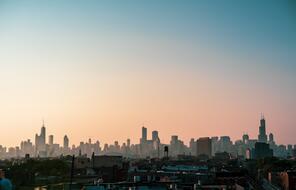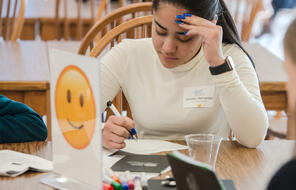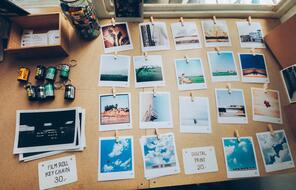Overview
Why Assign Roles for Group Work?
Assigning students particular roles can be an effective way to structure group work. Sometimes certain students assume too much responsibility for a group’s work, while other students may be reluctant to contribute to the group’s activities. Assigning roles helps to distribute responsibility among group members and ensures accountability for all students’ participation. As students practice different roles, they have the opportunity to develop a variety of skills.
Lesson Plans
How to Assign Roles for Group Work
Remote Learning
Even when students are not together in the classroom, they can still work collaboratively in groups by meeting in virtual breakout rooms, collaborating in shared documents, or communicating by text message or email. Assigning students particular roles can be an effective way to structure group work, and it is especially important for students to have clearly defined roles and tasks in remote environments, since you will likely not be present during group discussions to monitor students’ progress and answer questions. The following guidance for creating roles can help students complete group work in virtual breakout rooms.
Unlimited Access to Learning. More Added Every Month.
Facing History & Ourselves is designed for educators who want to help students explore identity, think critically, grow emotionally, act ethically, and participate in civic life. It’s hard work, so we’ve developed some go-to professional learning opportunities to help you along the way.
Exploring ELA Text Selection with Julia Torres
On-Demand

Working for Justice, Equity and Civic Agency in Our Schools: A Conversation with Clint Smith
On-Demand

Centering Student Voices to Build Community and Agency
On-Demand


